The Linden Ledger: Natchez News & More
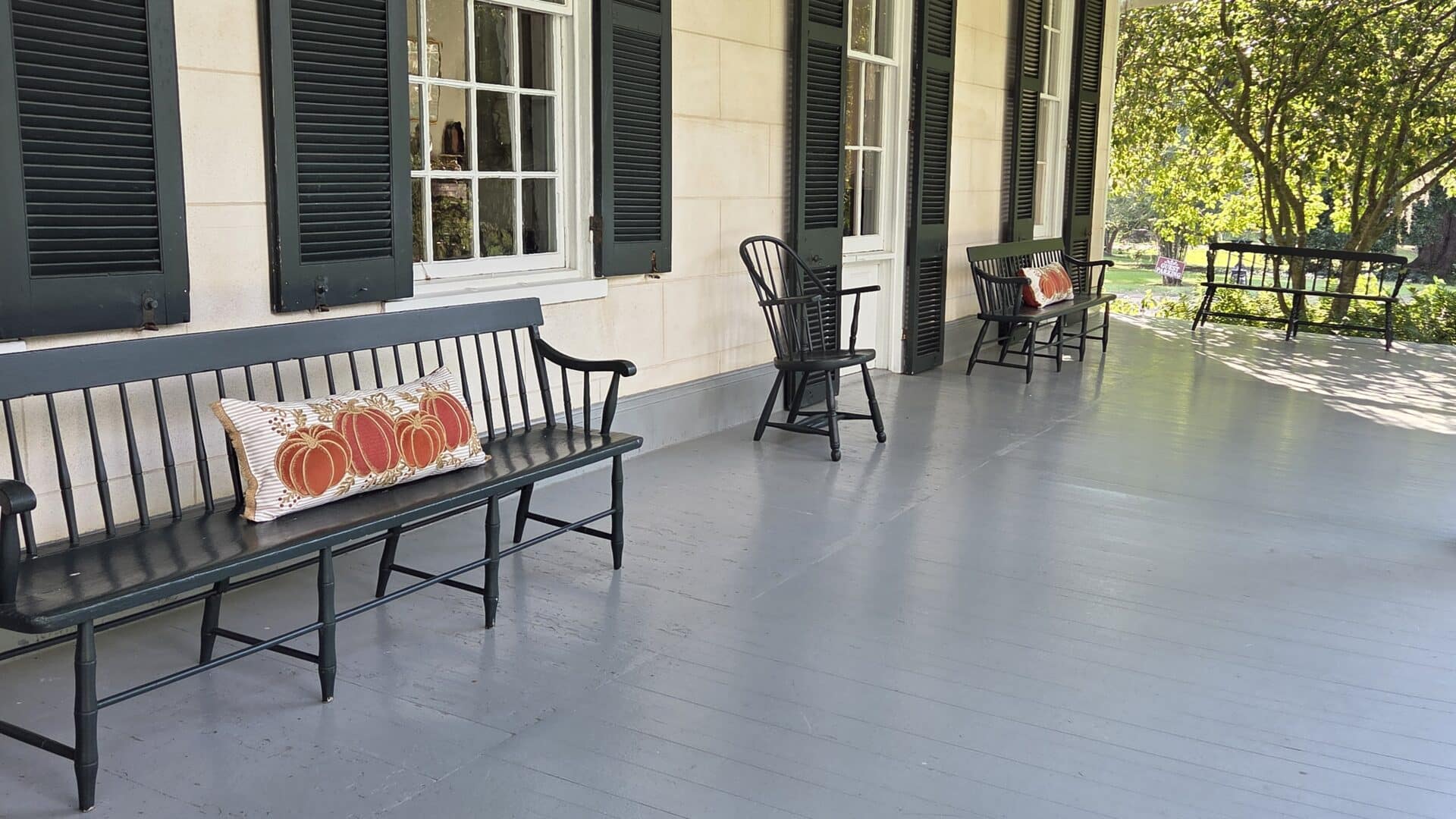 Experience the Magic of Fall in Natchez, MS at Linden Historic Bed & Breakfast
Experience the Magic of Fall in Natchez, MS at Linden Historic Bed & BreakfastAs the long, golden days of summer give way to crisp autumn air, there’s no better time to plan a relaxing getaway to
... more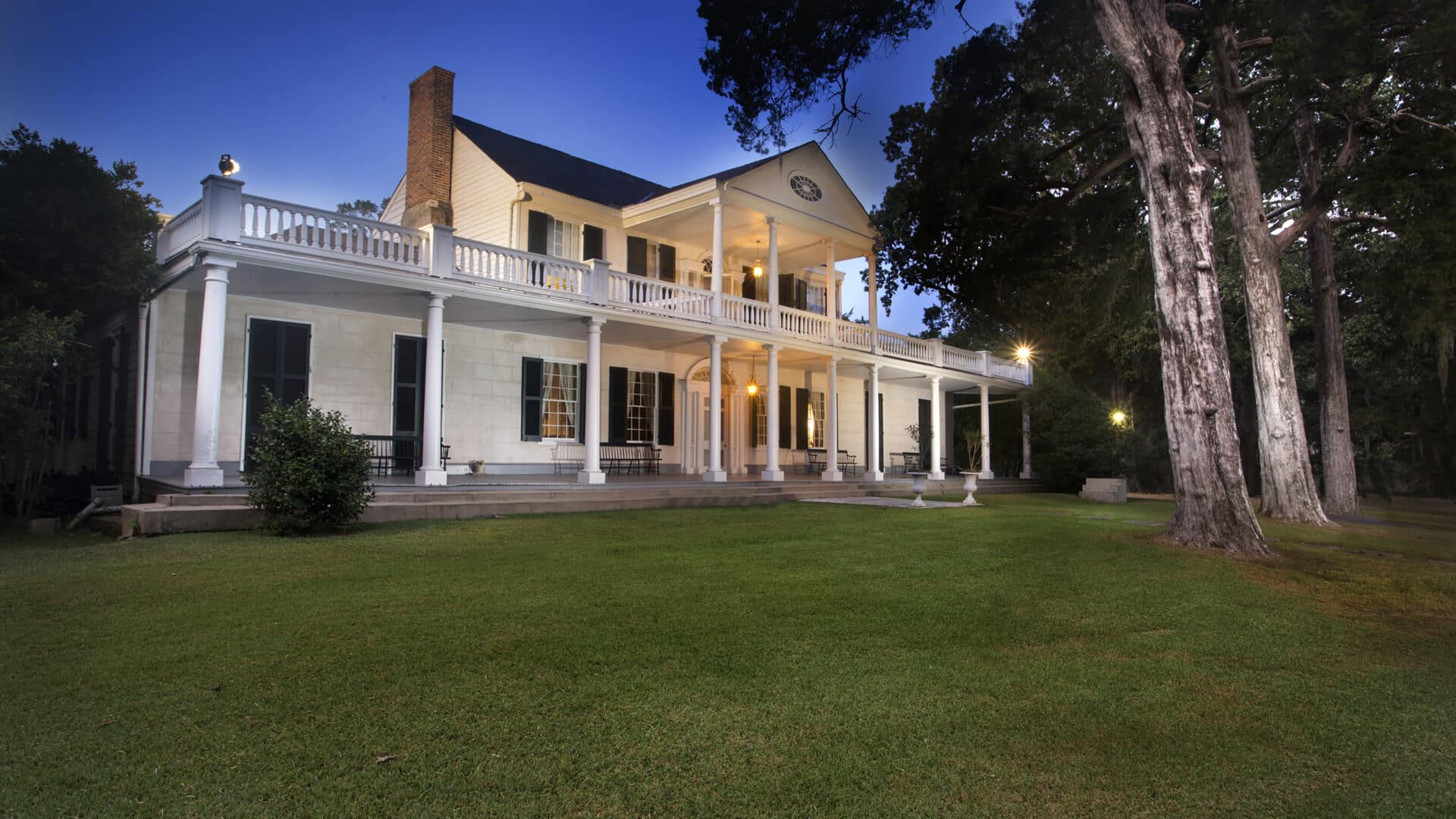 Linden in Bloom – The Summer Experience
Linden in Bloom – The Summer ExperienceEscape to timeless southern elegance this summer at Linden Historic Bed & Breakfast in Natchez, Mississippi. With
... more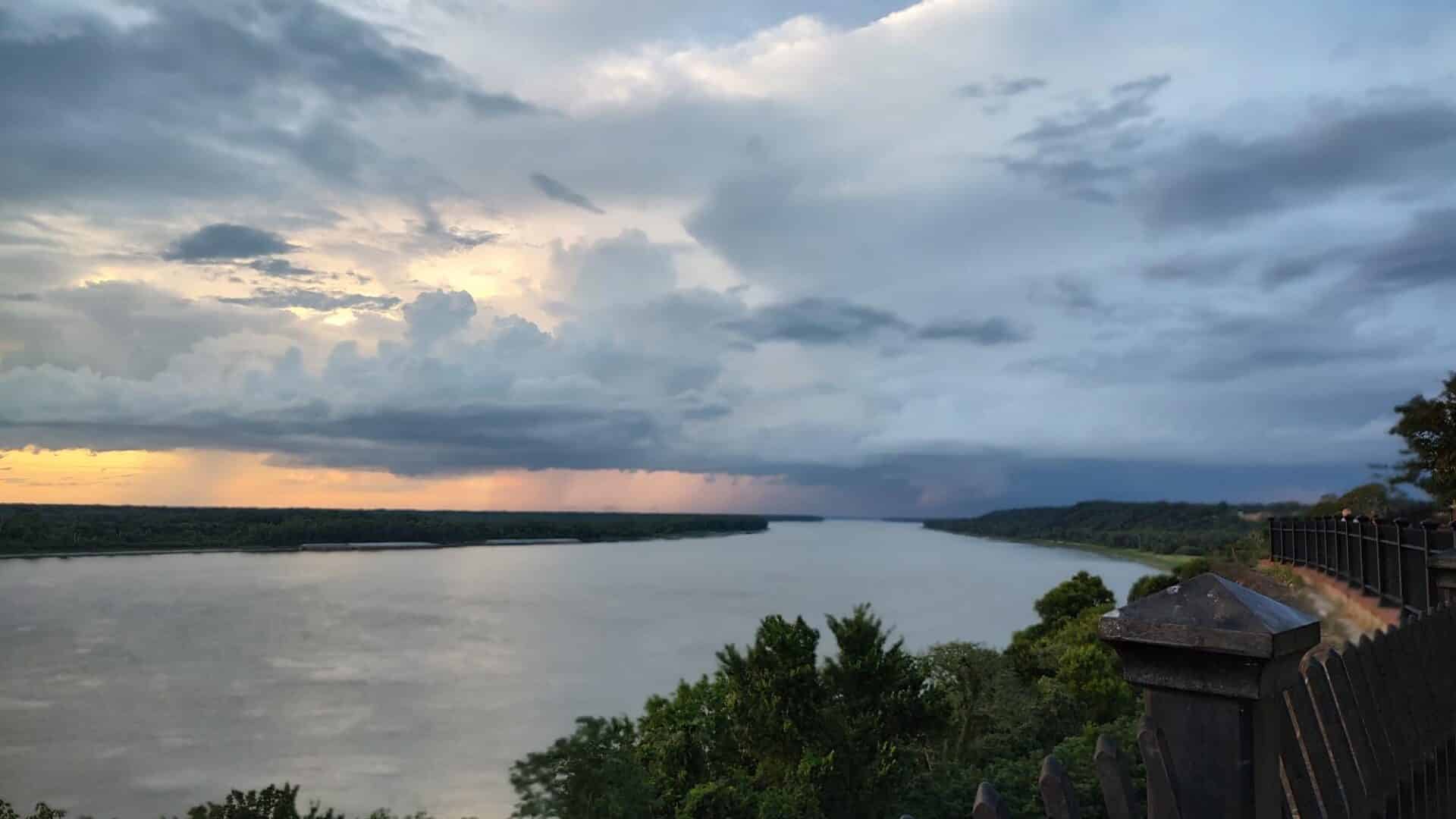 Mississippi Surprises: Volcanoes, River Wonders, and the Timeless Charm of Natchez
Mississippi Surprises: Volcanoes, River Wonders, and the Timeless Charm of NatchezWhen people think of Mississippi, they often picture magnolias, music, and mouthwatering catfish. But below the
... more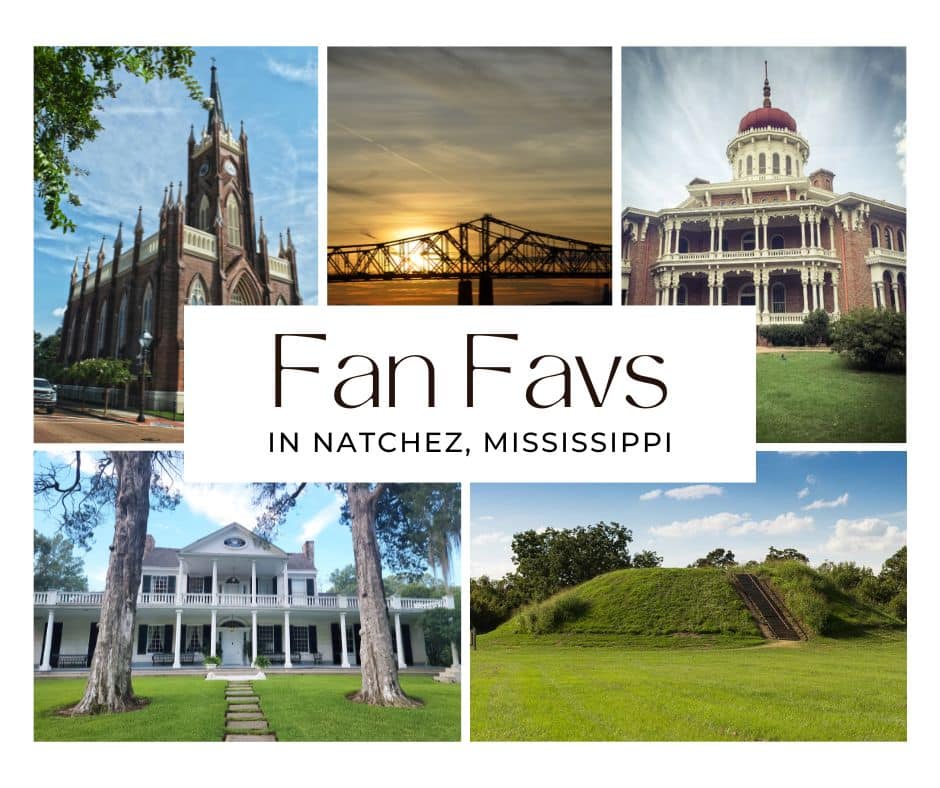 Natchez Adventures: 9 Ways to Make the Most of Your Visit
Natchez Adventures: 9 Ways to Make the Most of Your VisitNine Unforgettable Experiences In and Around Natchez, MS With vacation season upon us, might we suggest a charming
... more Why Linden Historic Bed and Breakfast is the Best B&B in Natchez, Mississippi
Why Linden Historic Bed and Breakfast is the Best B&B in Natchez, MississippiDiscover the Best of Southern Hospitality at Linden Historic Bed and Breakfast in Natchez, MS When planning your visit to
... more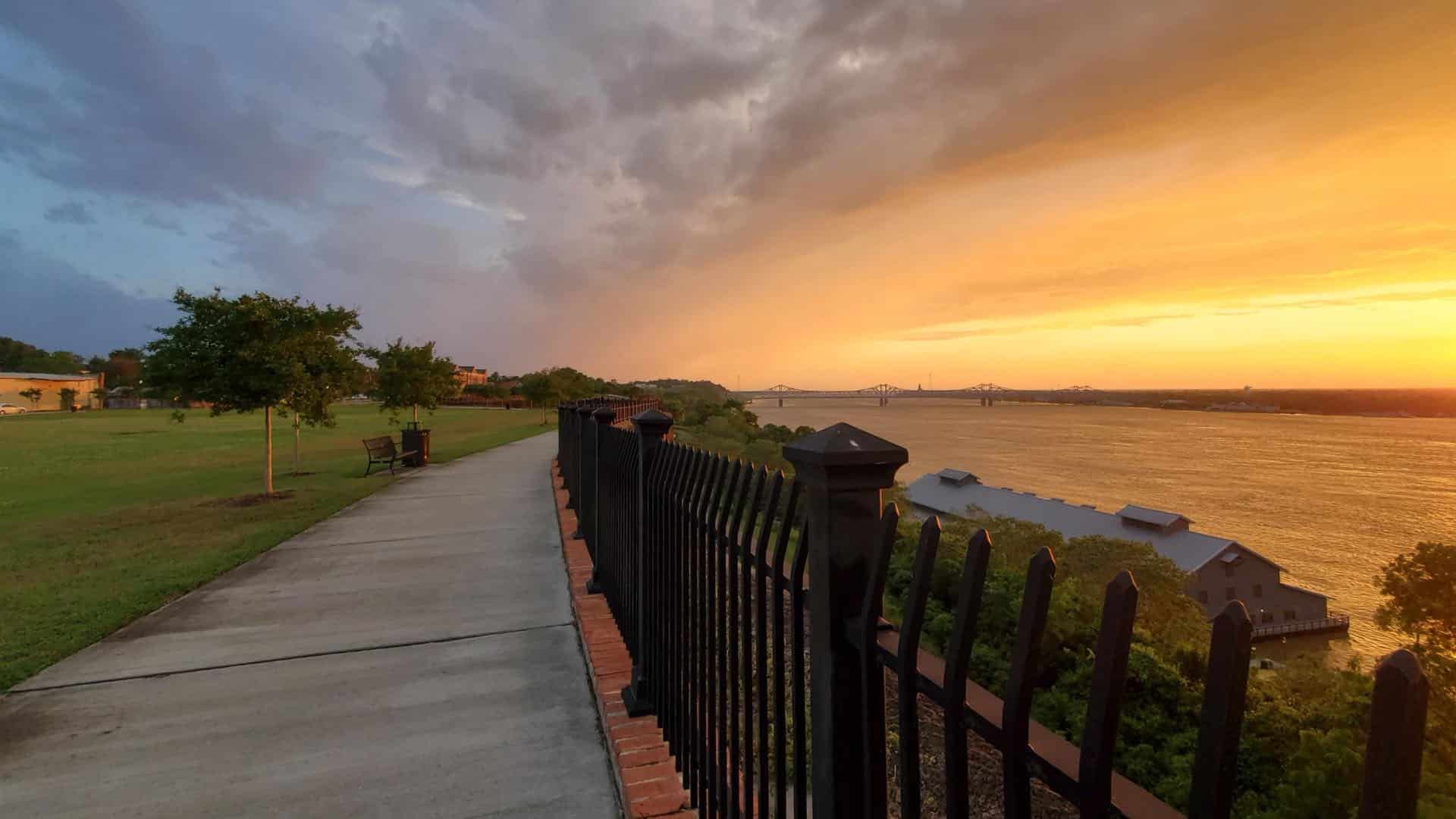 Eats & Events: November
Eats & Events: NovemberEATS & EVENTS NATCHEZ: NOVEMBER Fall in Natchez, Mississippi, is a magical time when
... more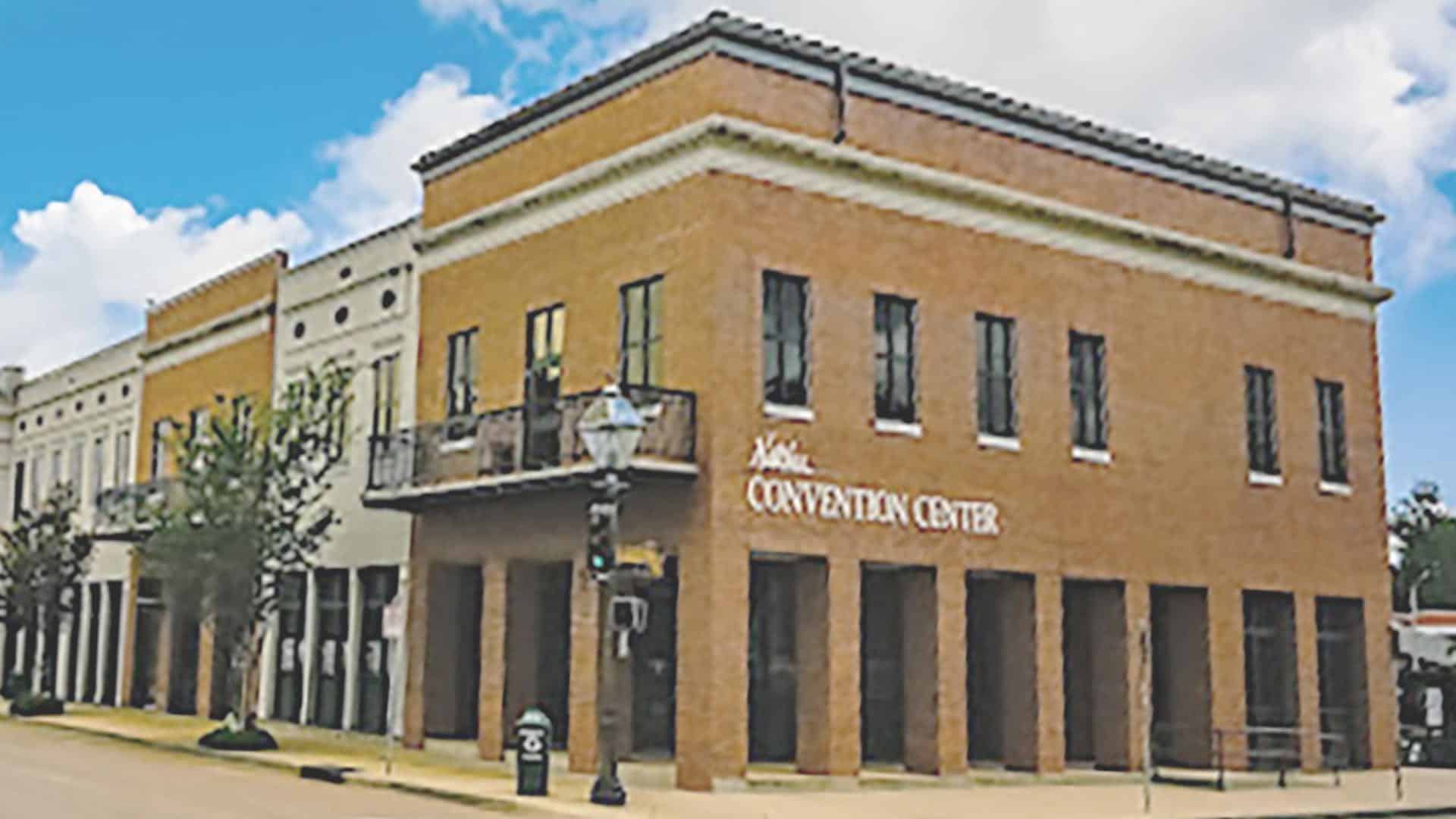 Natchez Convention Center Renovation Tied to Linden
Natchez Convention Center Renovation Tied to LindenLinden Historic Bed and Breakfast Gets A Shout Out in The Natchez Democrat: Phase 2 of convention center renovation contract
... more Top Reasons to Stay in a Historic Bed and Breakfast When Traveling
Top Reasons to Stay in a Historic Bed and Breakfast When TravelingWhen it comes to travel accommodations, there are countless options to choose from –However, for those looking for a
... more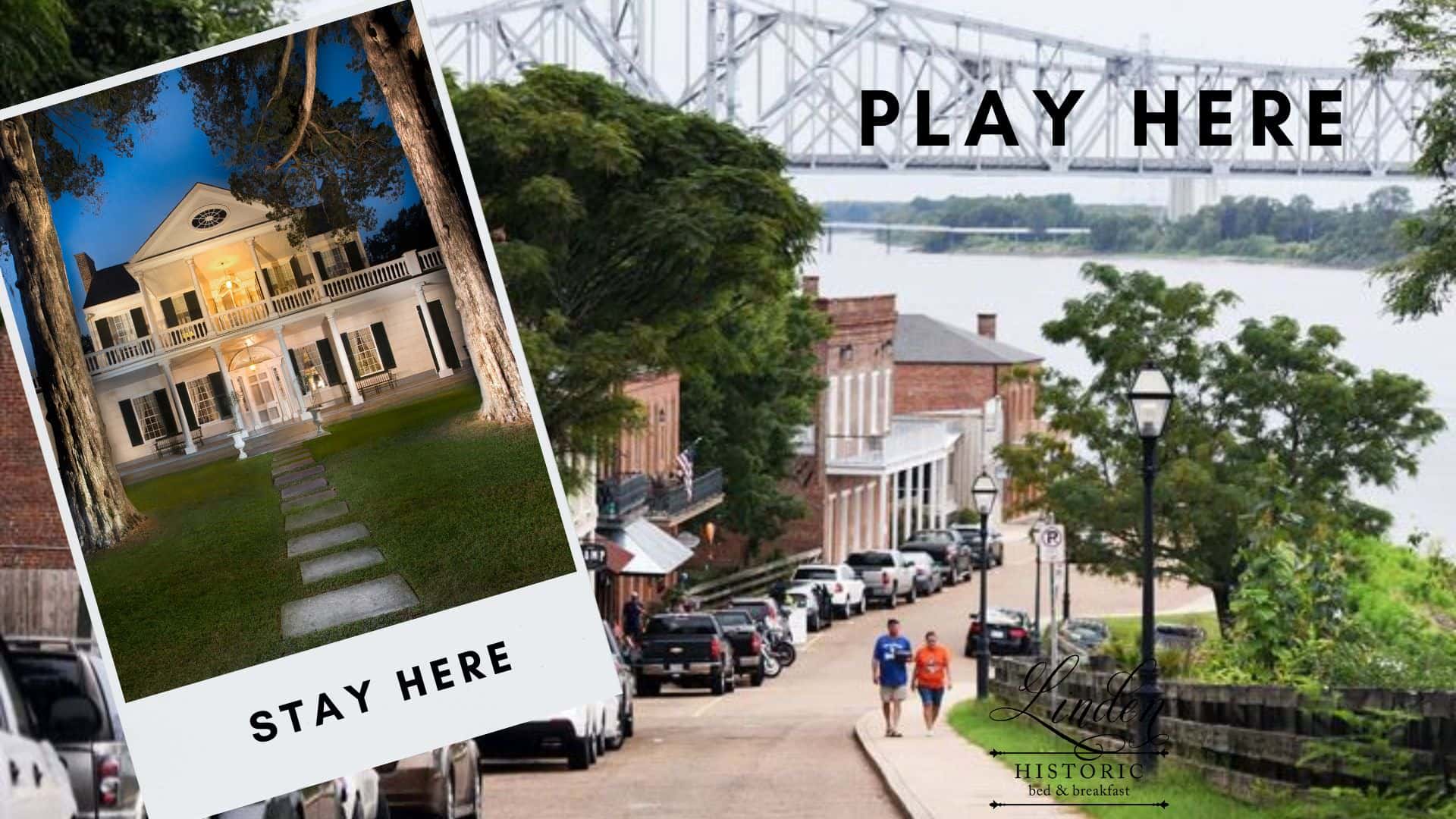 Natchez: Much More than Historic Home Tours
Natchez: Much More than Historic Home ToursNestled along the Mississippi River, Natchez, Mississippi continues charming visitors and residents alike, boasting
... more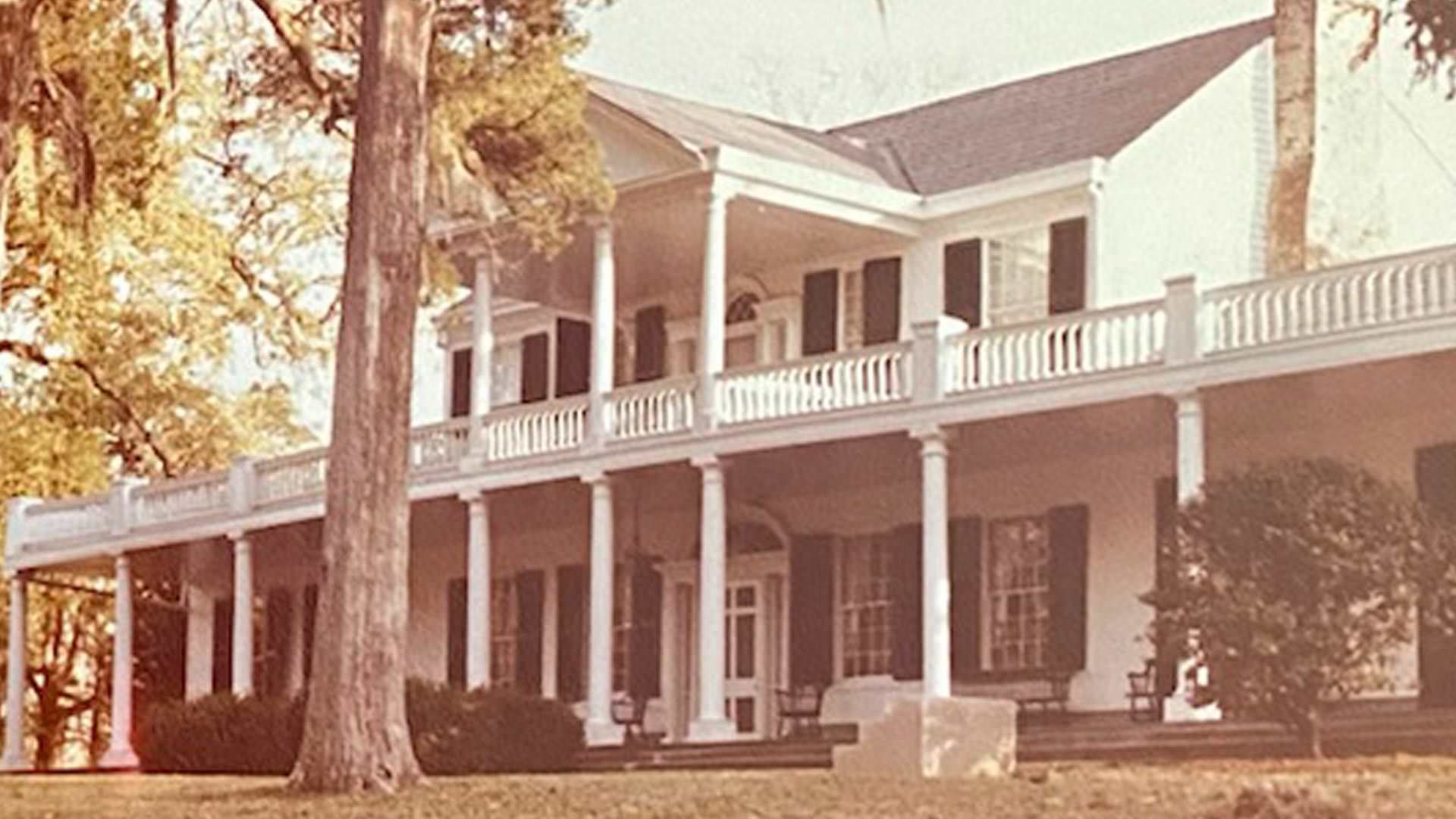 Natchez Spring Pilgrimage: How did it come to be?
Natchez Spring Pilgrimage: How did it come to be?The annual spring historic home tour that takes place in Natchez, Mississippi is the longest running tour of its kind in
... more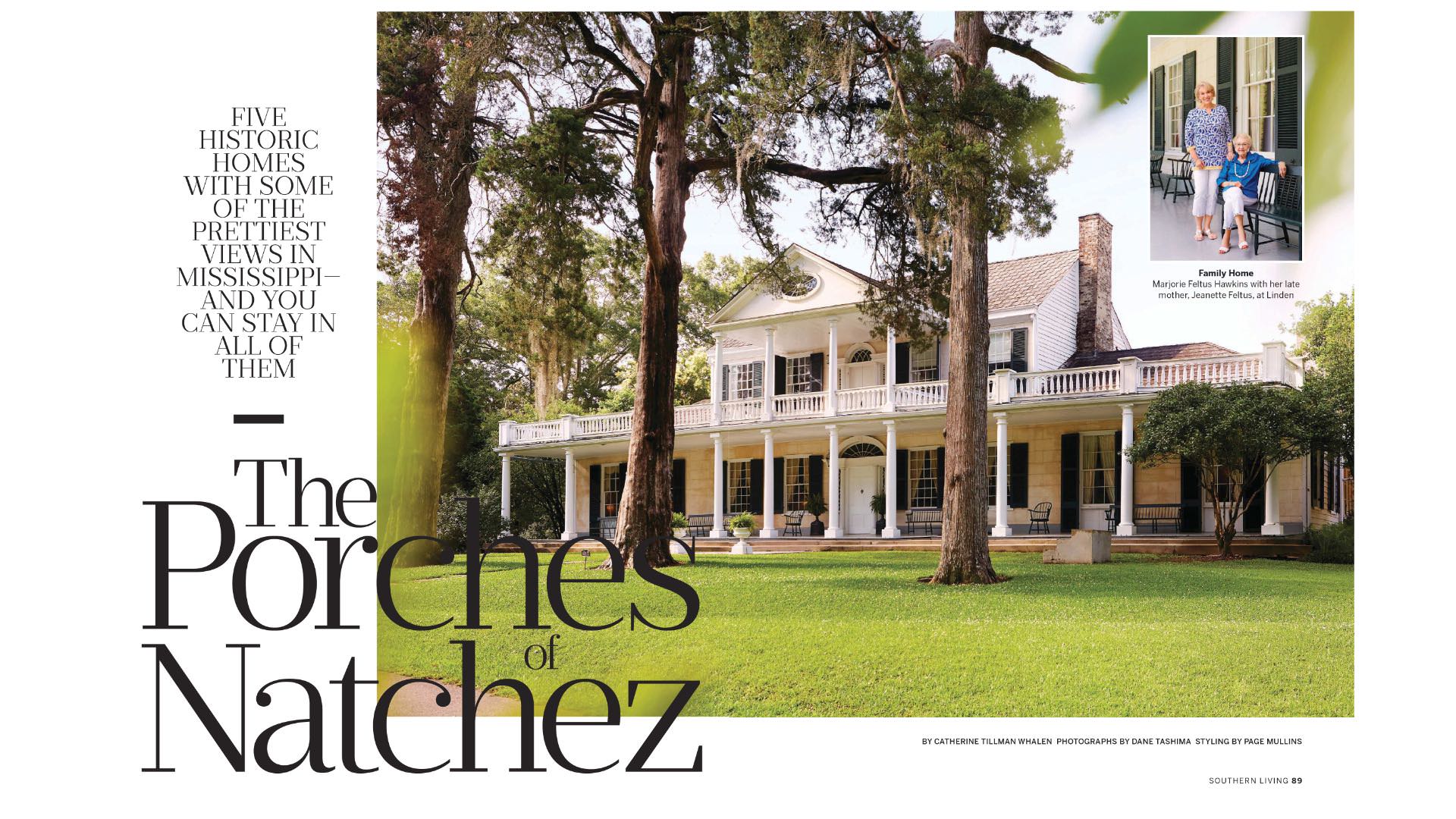 Linden Shines in Southern Living Magazine
Linden Shines in Southern Living MagazineLinden Historic Bed and Breakfast landed on the pages of Southern Living Magazine for the second consecutive year in 2023.
... more769.355.2127
